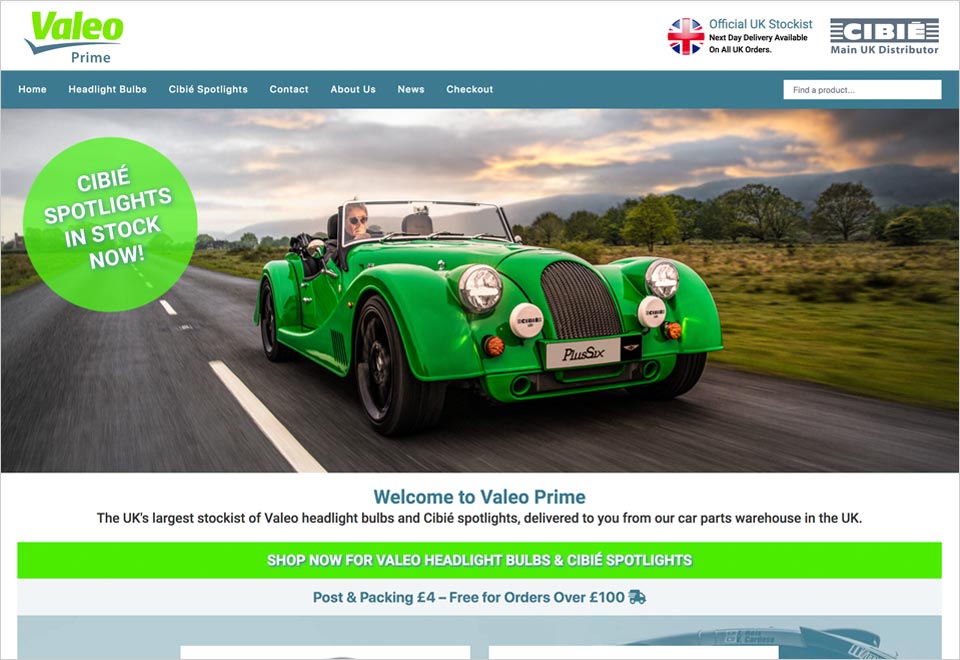We started coding websites for businesses over 20 years ago. Times change but the basics of web design have not. Over this time, we have discovered that many people frequently make the same mistakes.
We started coding websites for businesses in London over 20 years ago. Times change but the basics of web design have not.
Over this time, we have discovered that many people frequently make the same mistakes. Just like in the fashion or energy industry, every few years there is trend, and not necessarily one that is a brilliant idea.
Someone who is known says something is brilliant and within weeks, months, years - millions of people buy into the same idea. It's not until a few years on that they realise shell suits and flashing trainers are actually a bit of a stupid idea.
Well, this also happens all over the web. Believe it or not, some of the things that were developed 10 or 20 years ago still work brilliantly today, and run rings around modern technology.
Did you run out and buy Beta, VHS, DVD or Blue-ray and then just end up watching films in HD on Sky or Netflix? Or maybe you appreciate that CD or vinyl is still better than MP3 or digital.
The principle is similar for websites. The original building blocks and standards formed many years ago and things we learned 20 years ago that go into making a high quality website are now even more relevant.
To start with, I will focus on three of the most common mistakes.
1. Back to basics.
Are you using a common template and online system to edit your website? Content Management Systems (CMS) with plugins may be fun, they may be free and they may be easy to use. However, the code most templates present to search engines often resembles a horror story. Many web designers, agencies and developers will just follow the herd, ignoring fundamental building blocks and standards, and simply achieve the same outcome and results as many others.
Ironically many SEO plugins create even further clutter and slow things down. It is best to start with a CMS or framework that is organically accessible and search engine friendly, which does not require add-ons or plugins to solve only some or part of the problem.
2. Page Names.
Or more to the point, page url names, like "long-tail keywords" you also have "long-tail urls". Before I wrote this section I took a few minutes to look up a handful of competitors' sites.
Whilst most had some very beautiful looking sites (some far better looking than ours), I was shocked to find most were using "generic"website systems, and they had not taken the time to update the name of their actual page URL, which is probably why they are not on the first page, even for their immediate location.
The majority of actual page names (or URLs), were default names such as 'about-us' or 'contact-us'. Even 'about-willies-websites' would have given them better ratings.
3. Have you forgotten about the Meta?
In short Meta tags are lines of text in the code of your website, providing snippets of rich information about your website. Although you may hear rumours some are not used these days, people tend to forget there are many Meta tags. Again, these are things to which common systems do not easily allow proper access. Scarily this also applies to many other common tags that can make a huge difference to the way search engines view your website.
I hope this article has been helpful and if you have any questions or would like some pointers, please drop us a line.
Contact us for more information
- Five Reasons why Good Organic SEO is Better than Other Forms of Advertising
- Going For Gold: A quick 5 step guide to a great website





